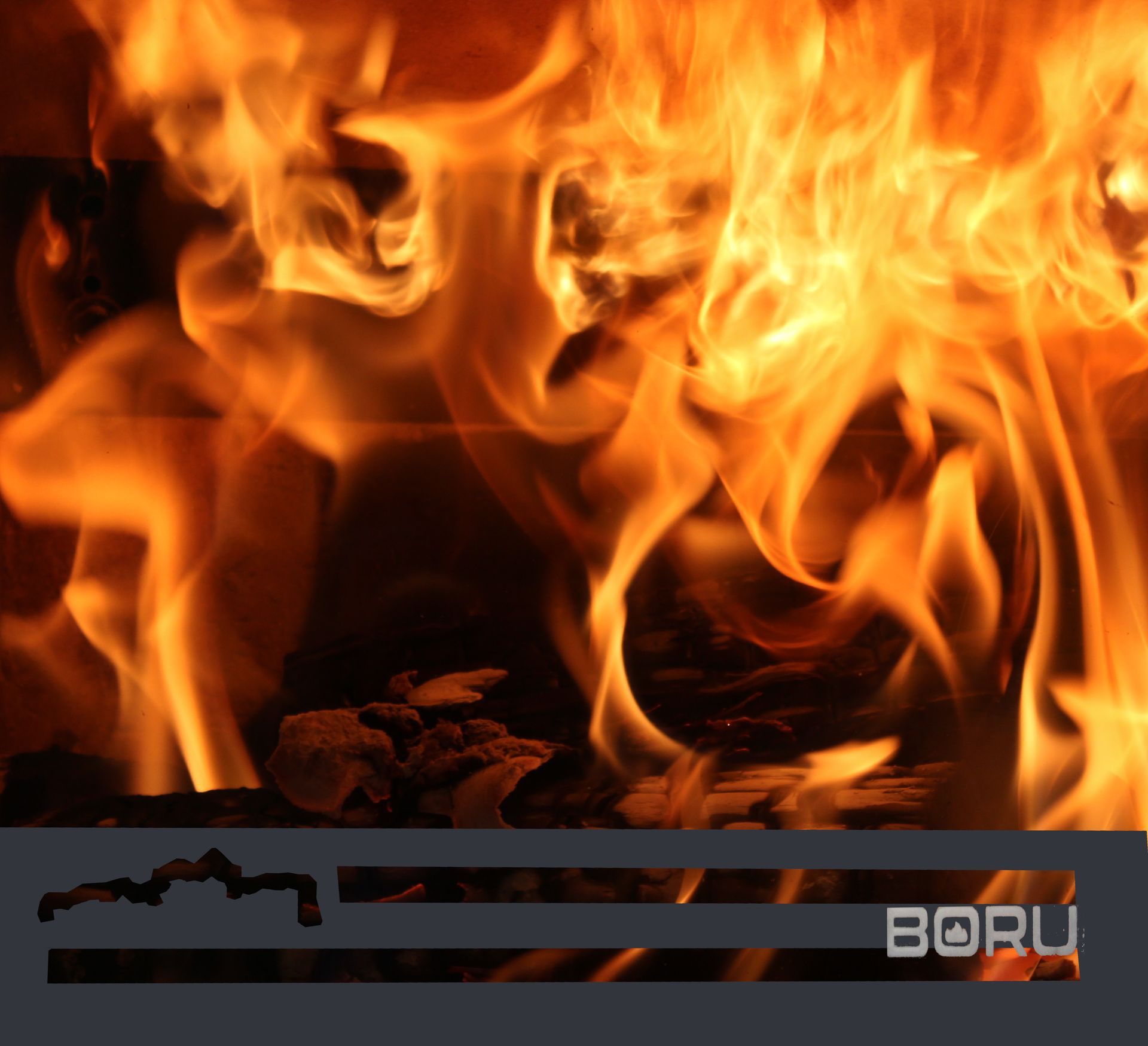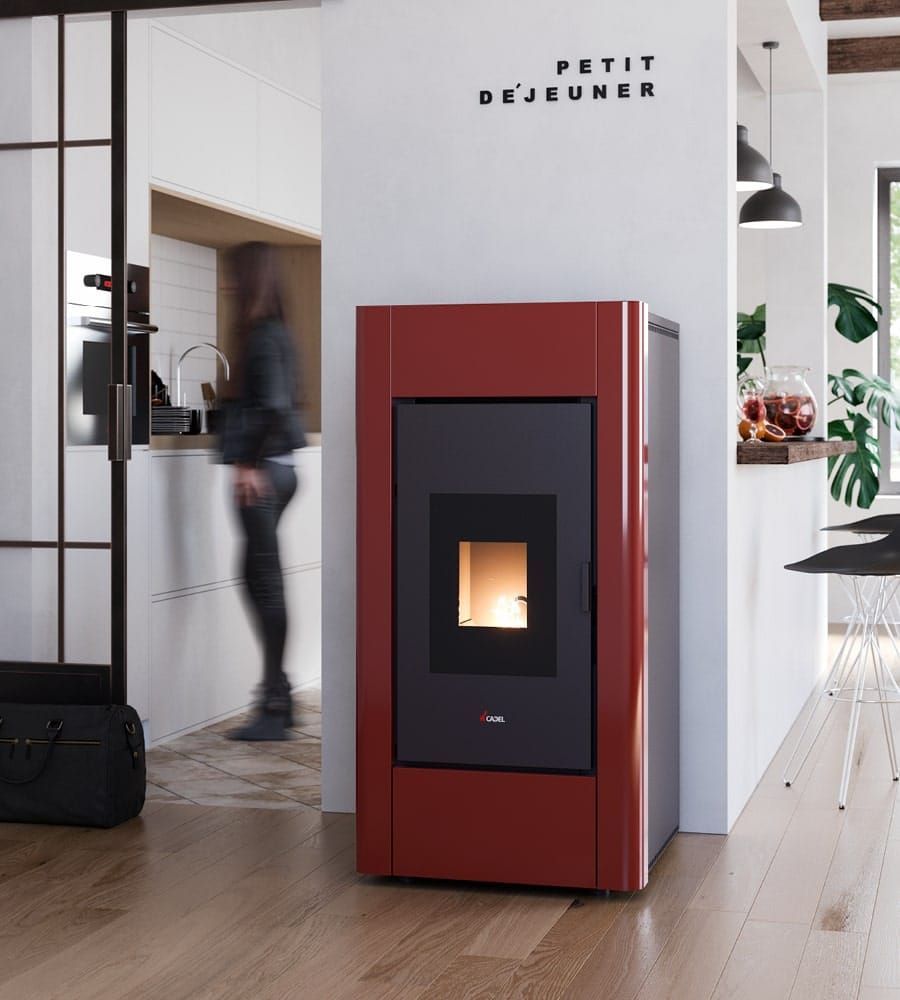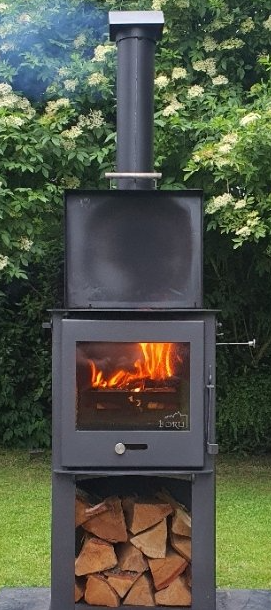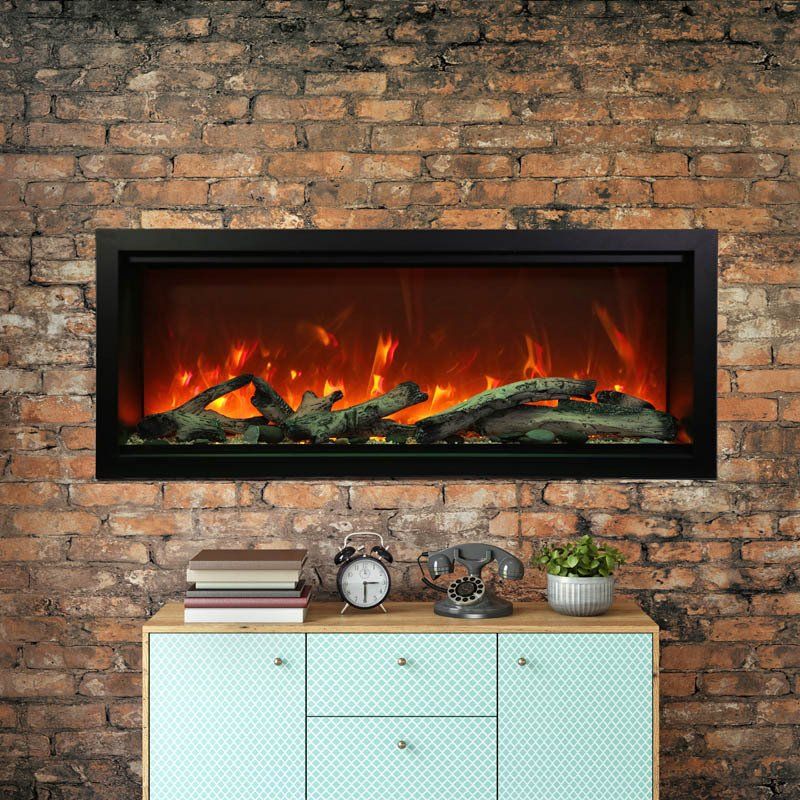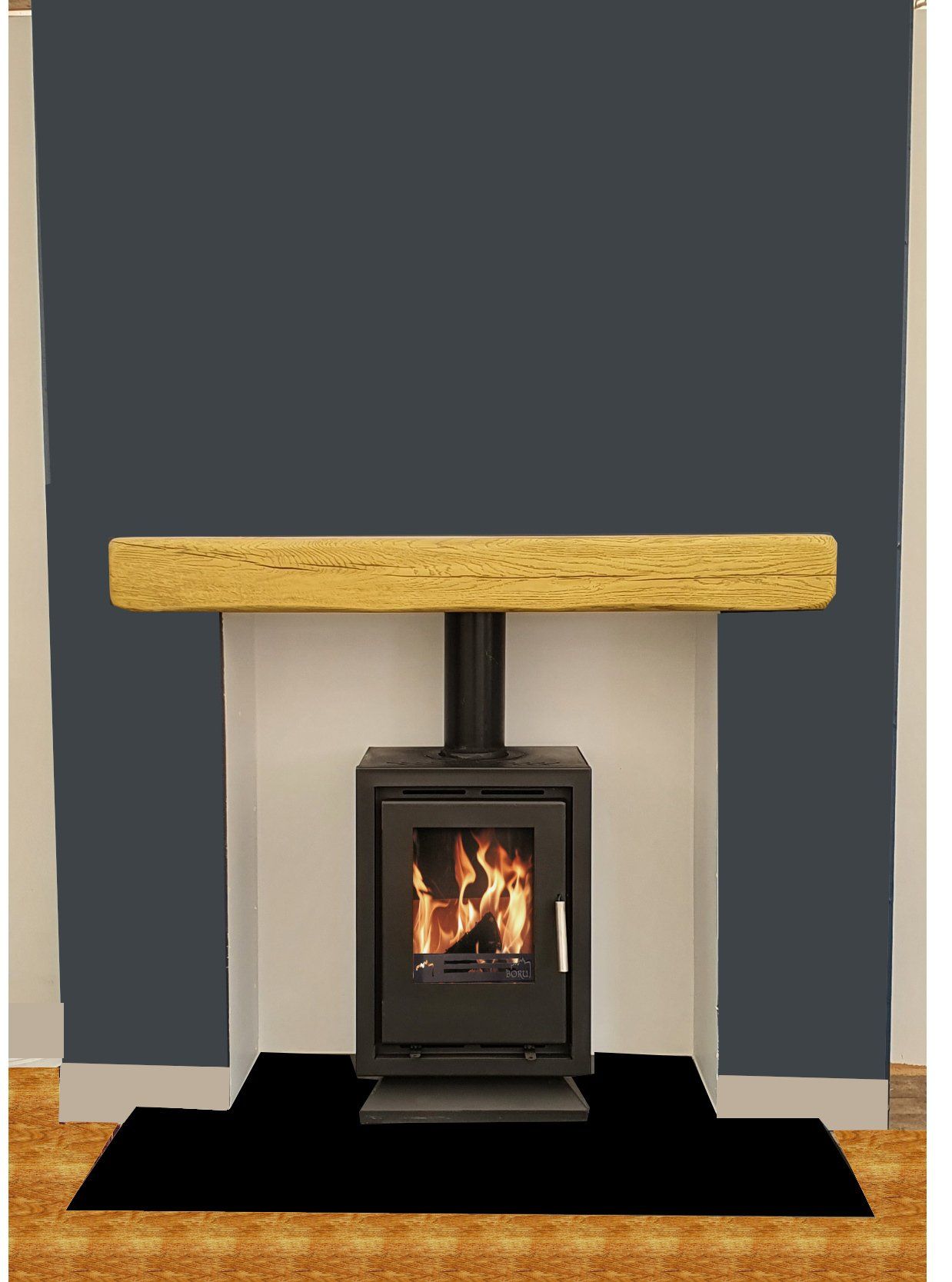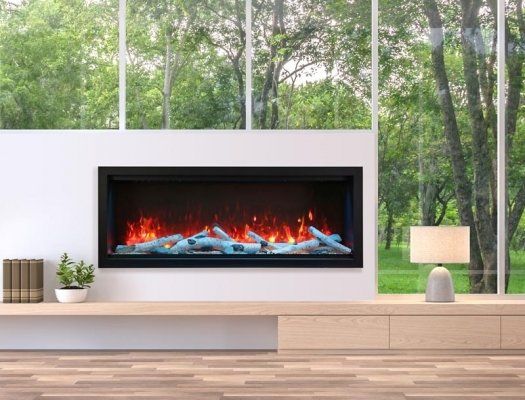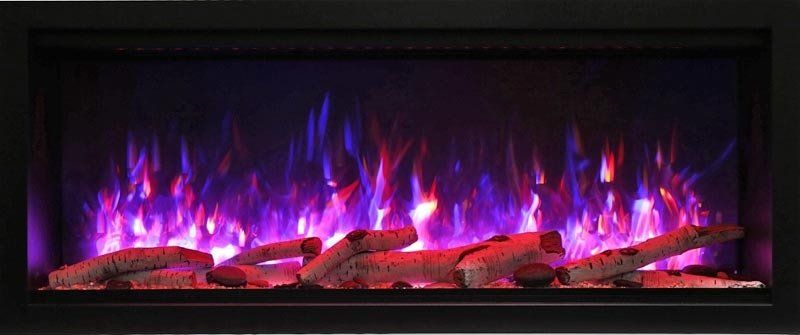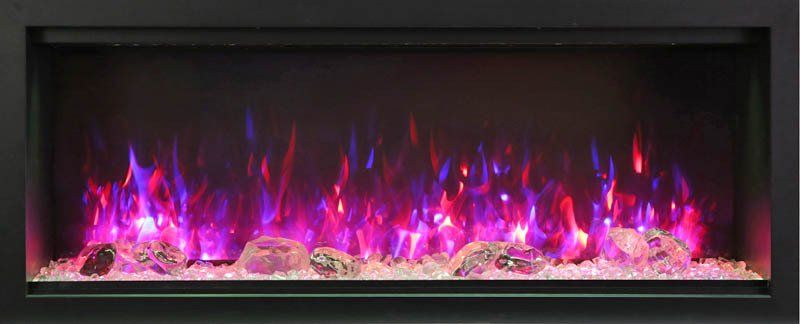Are Inset Stoves As Good As Freestanding Stoves?
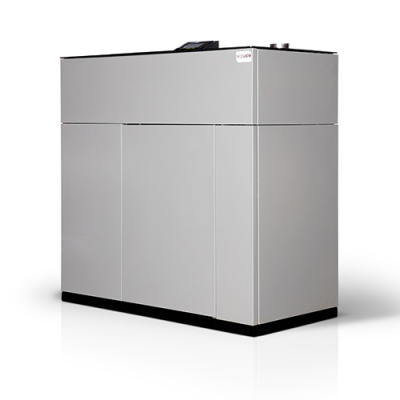
Choosing the right stove for your home is a decision that can significantly impact both your comfort and the aesthetics of your living space. When it comes to selecting a heating appliance, two popular options often come into consideration: inset stoves and freestanding stoves. In this article, we will delve into the pros and cons of each type and help you make an informed decision about which one suits your needs best.
Advantages of Inset Stoves
Inset stoves, also known as fireplace inserts, have gained popularity for several reasons:
1. Space-saving design: Inset stoves are designed to fit seamlessly into existing fireplaces, making them a fantastic option for homeowners with limited space. They take up less room compared to freestanding stoves, allowing you to maximize your living area.
2. Aesthetic appeal: Inset stoves can enhance the visual appeal of your room. They provide a modern and streamlined look, often with a large glass front that allows you to enjoy the ambiance of a real fire while keeping the heat safely contained.
3. Efficient heating: Inset stoves are known for their efficient heating capabilities. They can efficiently heat the room they are placed in, making them a great choice for those seeking to reduce heating bills during the colder months.
Disadvantages of Inset Stoves
While inset stoves offer numerous advantages, they also come with some drawbacks:
1. Installation complexity: Installing an inset stove can be more complex and may require professional assistance, especially if you don't already have a fireplace or if modifications are needed to ensure proper ventilation and safety.
2. Limited placement options: Inset stoves are designed to be inserted into an existing fireplace opening, limiting their placement to that specific location. This lack of flexibility may not suit everyone's home layout.
3. Cost considerations: The initial cost of purchasing and installing an inset stove, including any necessary chimney work or modifications, can be higher than that of a freestanding stove.
Advantages of Freestanding Stoves
Freestanding stoves have their own set of advantages that make them a popular choice:
1. Versatility in placement: Unlike inset stoves, freestanding stoves can be placed virtually anywhere in a room, offering greater flexibility in home design and heating placement.
2. Ease of installation: Installing a freestanding stove is generally less complex and may not require significant modifications to your home. This can result in lower installation costs.
3. Heating performance: Freestanding stoves are often praised for their heating performance, as they can radiate heat in all directions, making them an efficient choice for evenly heating larger spaces.
Disadvantages of Freestanding Stoves
While freestanding stoves offer versatility, they also have their drawbacks:
1. Occupies floor space: Freestanding stoves occupy valuable floor space, which may not be suitable for homeowners with limited room to spare.
2. May not blend seamlessly with décor: Depending on the design of the stove and your interior aesthetics, a freestanding stove might not always fit seamlessly with your room's décor.
3. Ventilation and safety considerations: Freestanding stoves require proper ventilation, and safety concerns like clearances to combustibles must be addressed, which may impact their placement in your home.
Comparing Heating Efficiency
When choosing between inset and freestanding stoves, it's essential to consider their heating efficiency. Both types of stoves come in various energy-efficient models, and their fuel consumption and heat distribution capabilities may vary. It's advisable to review energy efficiency ratings and compare specific models to find the most suitable option for your heating needs.
Aesthetics and Home Design
The choice between inset and freestanding stoves can significantly impact your home's aesthetics and interior design. Inset stoves contribute to a sleek, modern look, while freestanding stoves can be integrated into a wide range of design styles. Consider your home's existing décor and personal preferences when making your decision.
Installation and Maintenance
The installation process for inset stoves is often more complex and may require professional help, especially if you're retrofitting an existing fireplace. Freestanding stoves typically have simpler installation requirements and may be more DIY-friendly. Additionally, maintenance requirements for both types of stoves should be considered to ensure long-term performance.
Cost Considerations
When evaluating the cost of inset and freestanding stoves, consider not only the initial purchase price but also installation expenses and operational costs. While inset stoves may have a higher upfront cost due to installation, they may offer more efficient heating, potentially resulting in lower long-term operational costs.
Environmental Impact
Environmental considerations are crucial in today's world. Both inset and freestanding stoves can be environmentally friendly choices when they are energy-efficient and use clean-burning fuels. Be sure to look for stoves with high energy efficiency ratings and low emissions to minimize their impact on the environment.
Safety Considerations
Safety should always be a top priority when choosing a heating appliance. Both inset and freestanding stoves come with safety features, but you should also consider factors like clearances to combustibles, proper ventilation, and fire hazards specific to your installation.
Practical Considerations
Finally, practical factors like room size, layout, climate, and your lifestyle should influence your decision. The size and heating capacity of the stove should match your room's needs, and your location's climate may impact your heating requirements.
Conclusion
In the debate of inset stoves vs. freestanding stoves, there is no one-size-fits-all answer. The choice depends on your individual preferences, your home's design, and your heating needs. Be sure to consult with professionals, carefully assess your options, and prioritize safety and efficiency to make an informed decision that will keep your home warm and cozy for years to come.

